DANIELA CUGLIANDOLO
Sala (S8) Palexco | Wednesday June 4th | 6:00 pm | Free entry to all venues until full capacity. It will not be possible to enter the venues after the screening has started.
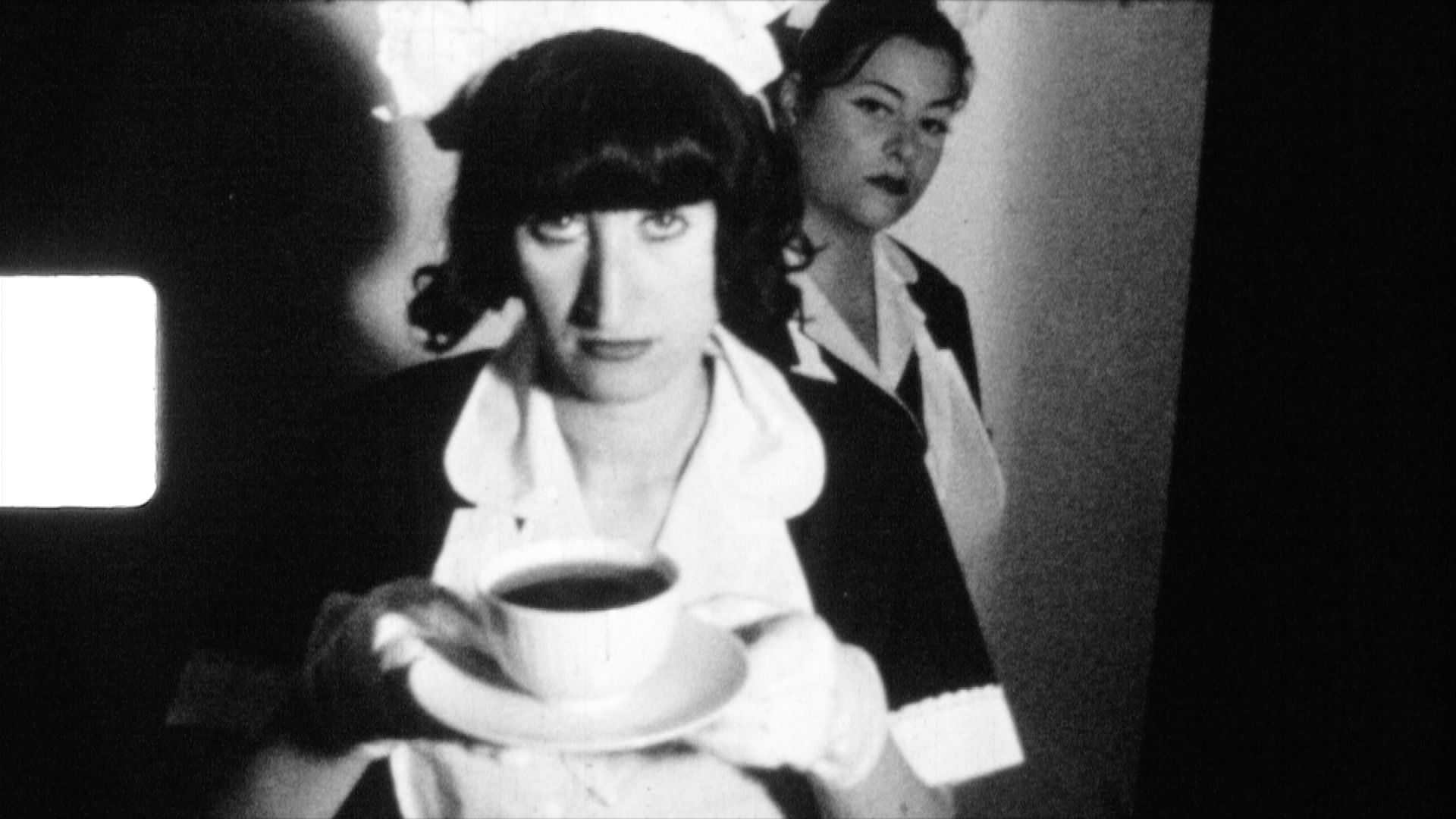
Las mucamas asesinas (The Killer Maids, trilogy)
Daniela Cugliandolo | 2000 | Argentina | Super 8 | 10 min
Inspired by the play The Maids by Jean Genet, in this version the maids get their wish, poisoning the lady and indulging in pleasure with the rest of the domestic staff.
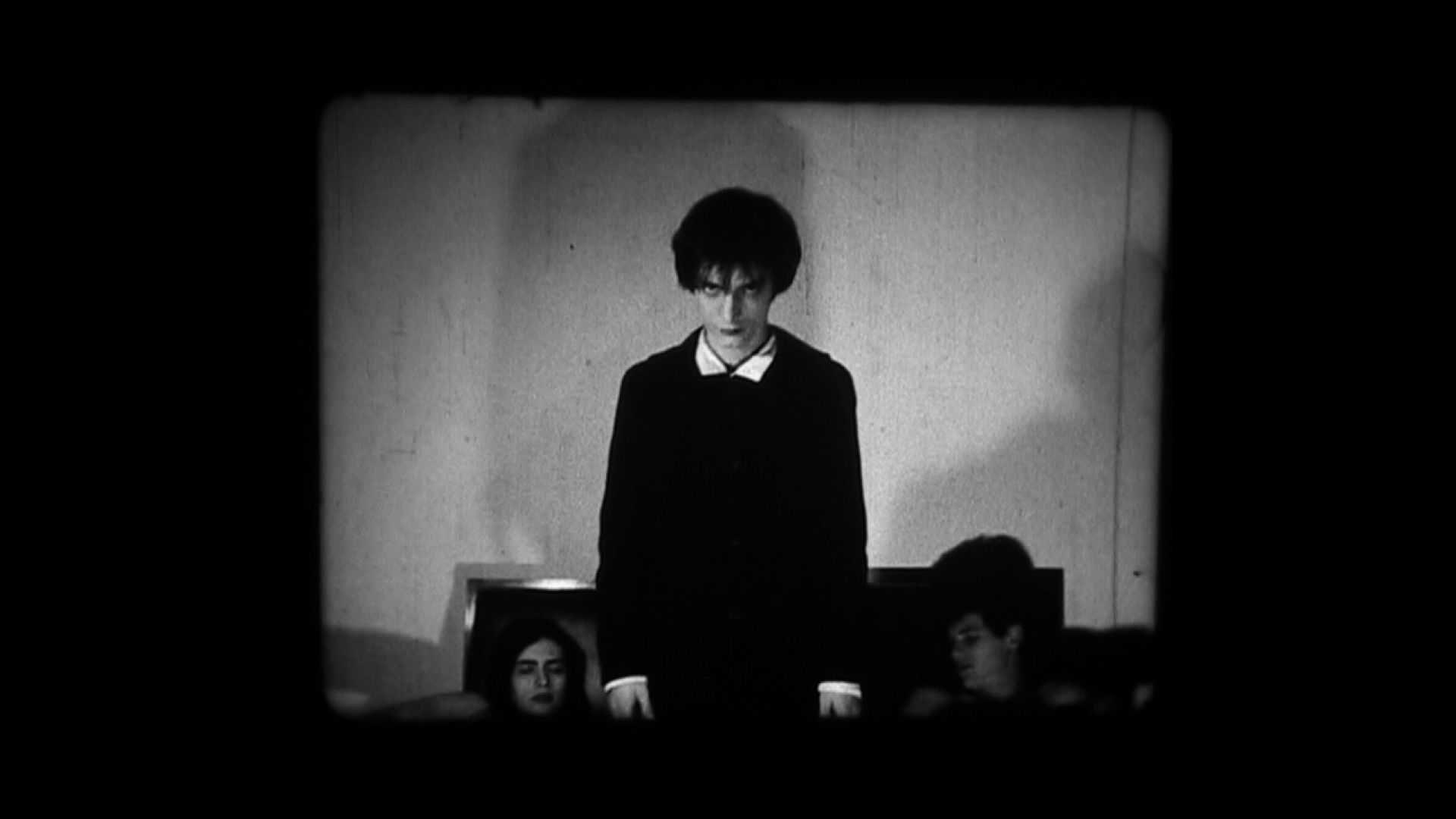
Nosferatu 2000
Daniela Cugliandolo | 1999 | Argentina | Super 8 | 3 min
A version of the classic vampire who voraciously yet sensually consumes his submissive victims without satiating his satisfaction.
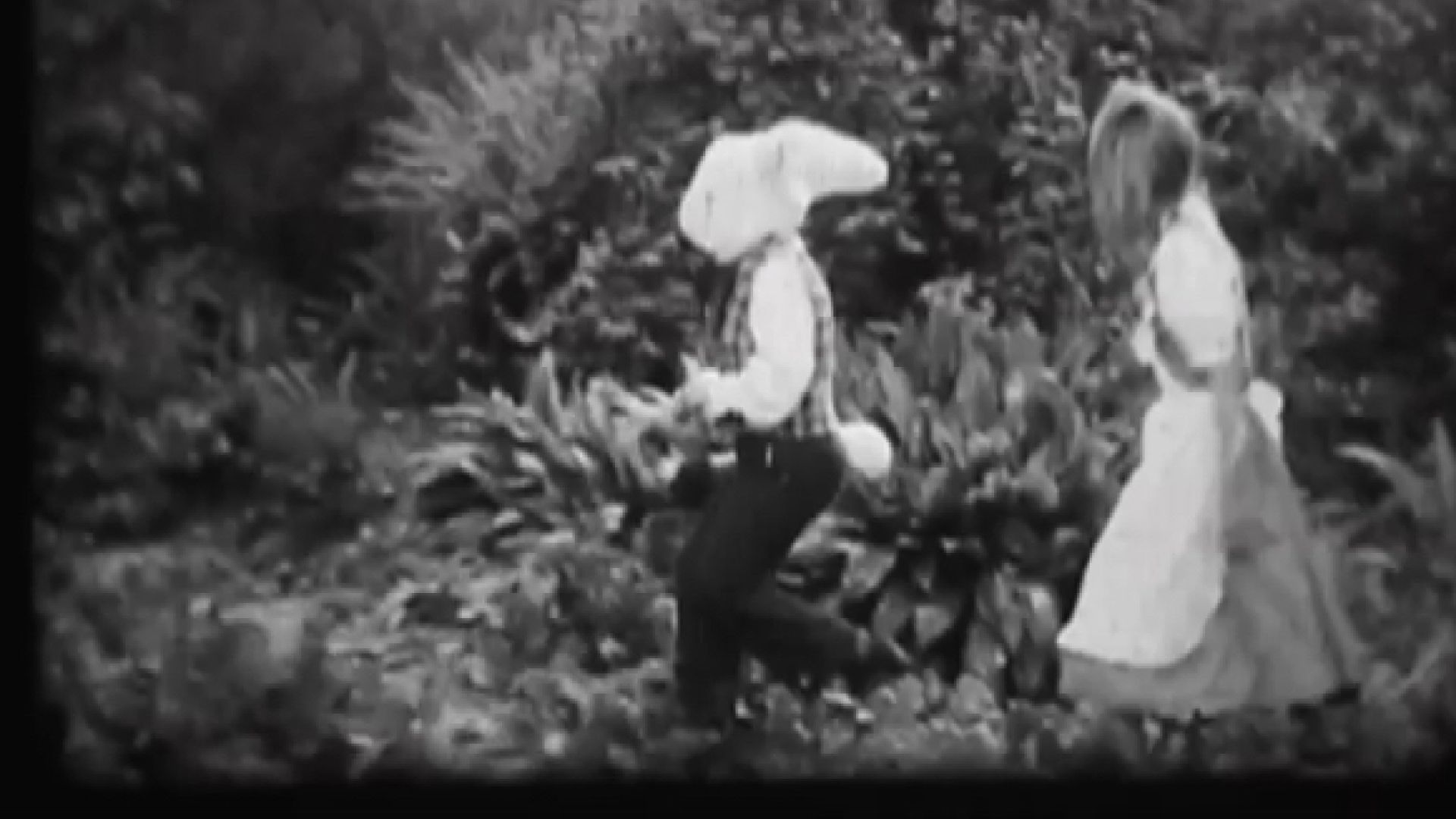
Alicia, Lewis Carroll y el tiempo (Alice, Lewis Carroll and time)
Daniela Cugliandolo | 2000 | Argentina | Super 8 | 3 min
A great book in a freestyle cinematic version about the curiosity that opens up paths, the manipulation of time, and transgression in love.
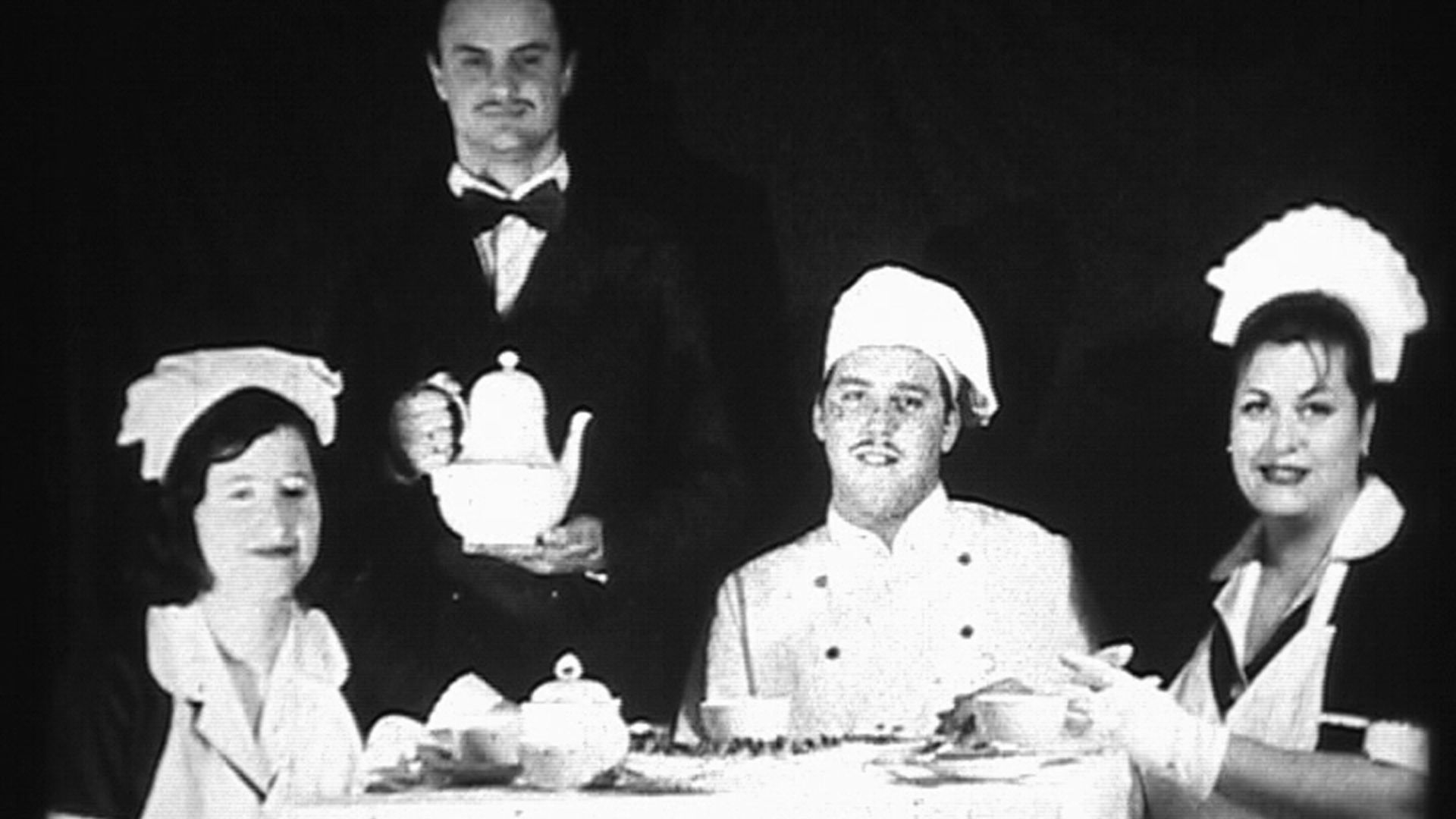
Cocinero (Chef)
Daniela Cugliandolo | 1999 | Argentina | Super 8 | 3 min
The story of a chef who mixes the kitchen’s ingredients with hatred for a woman.
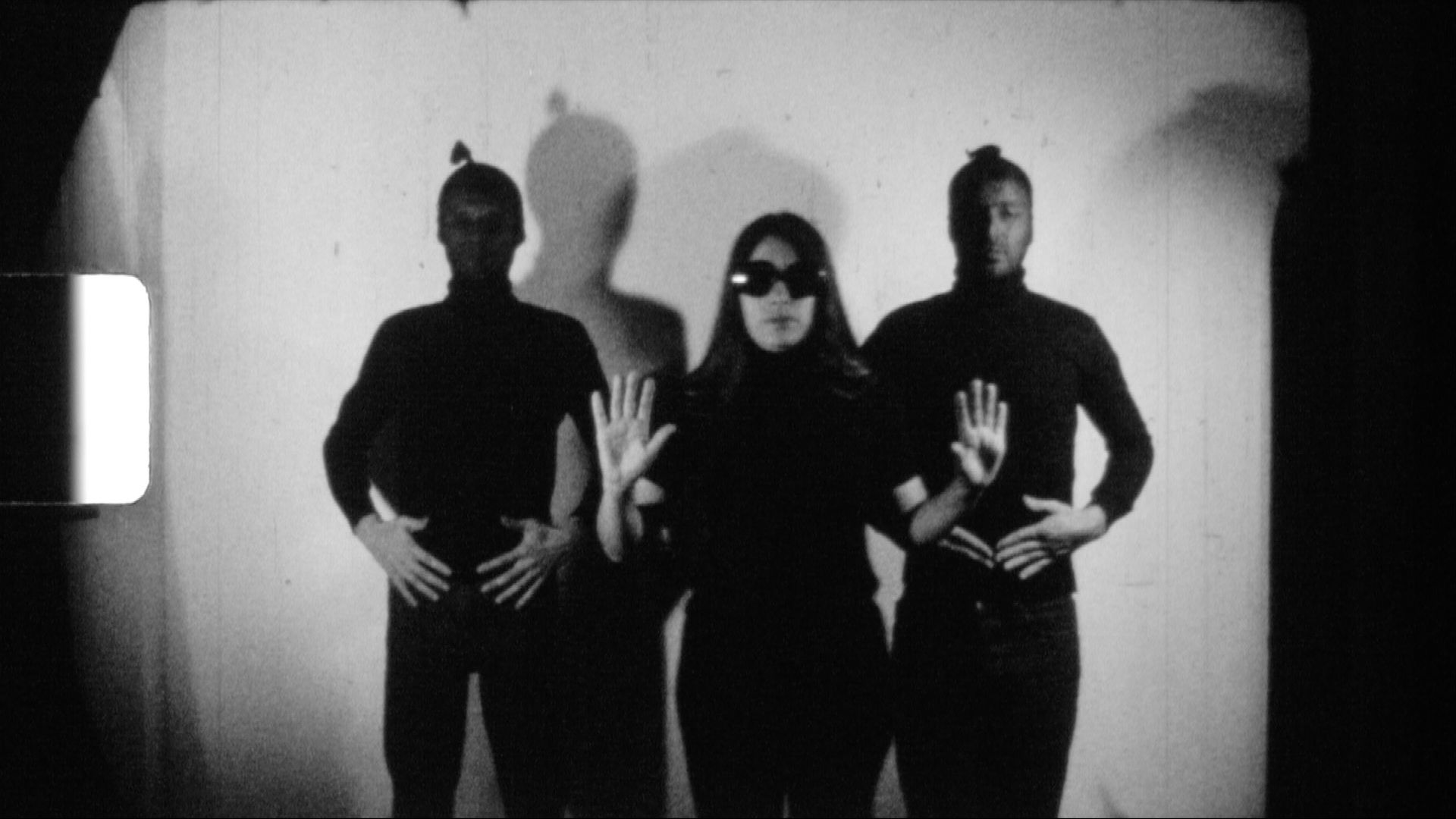
Gina
Daniela Cugliandolo | 1999 | Argentina | Super 8 | 3 min
A glamorous thief and her collaborators pull off the ultimate heist.
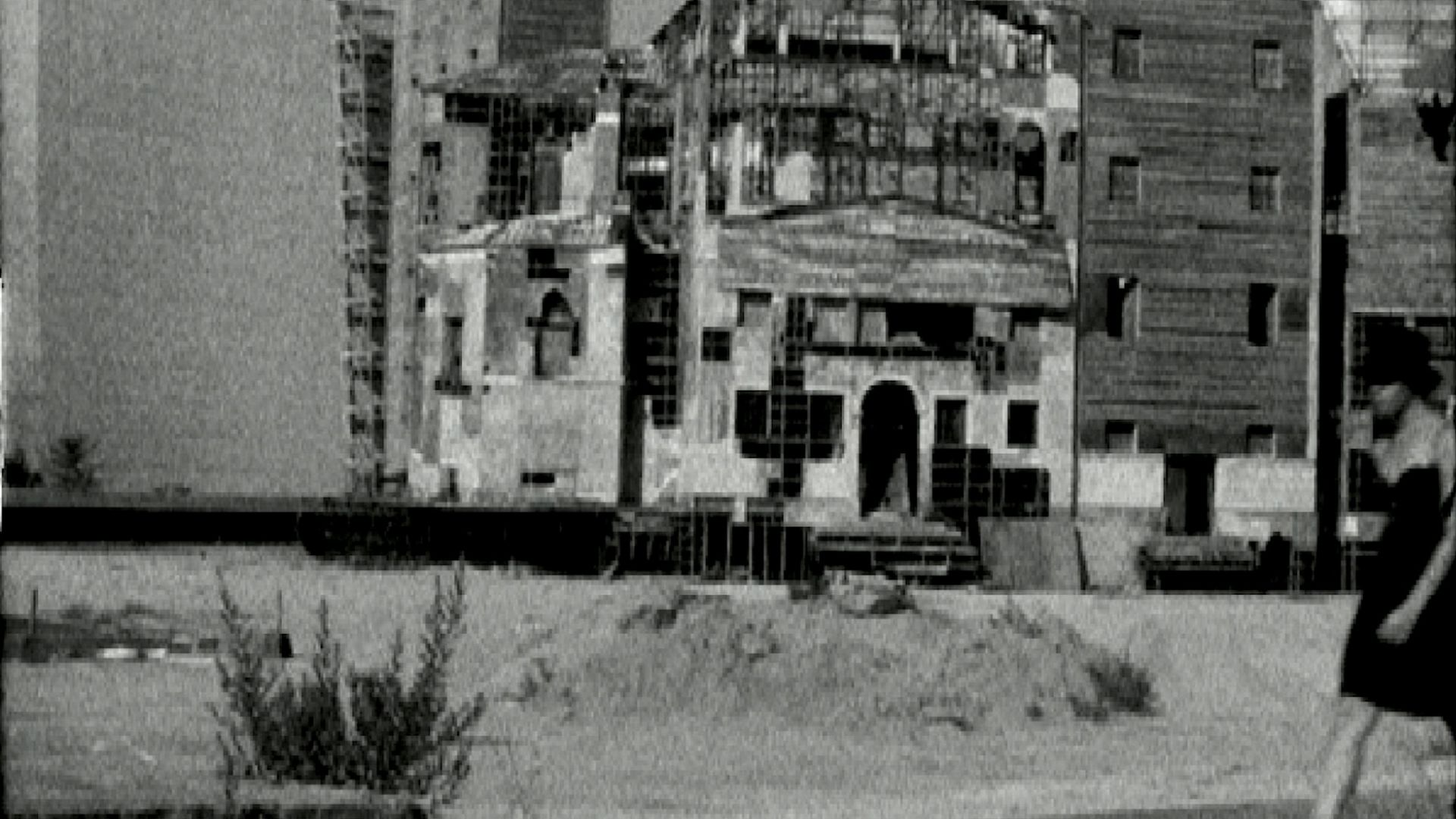
In Fellini
Daniela Cugliandolo | 2012 | Italy, Spain | Digitized Super 8 | 4 min
Among the shabby sets of Cinecittà, an ancient Roman aqueduct and the Trevi Fountain, the two characters wander about with their soliliquies. Disconnection is the death of love, and they are its ghosts.
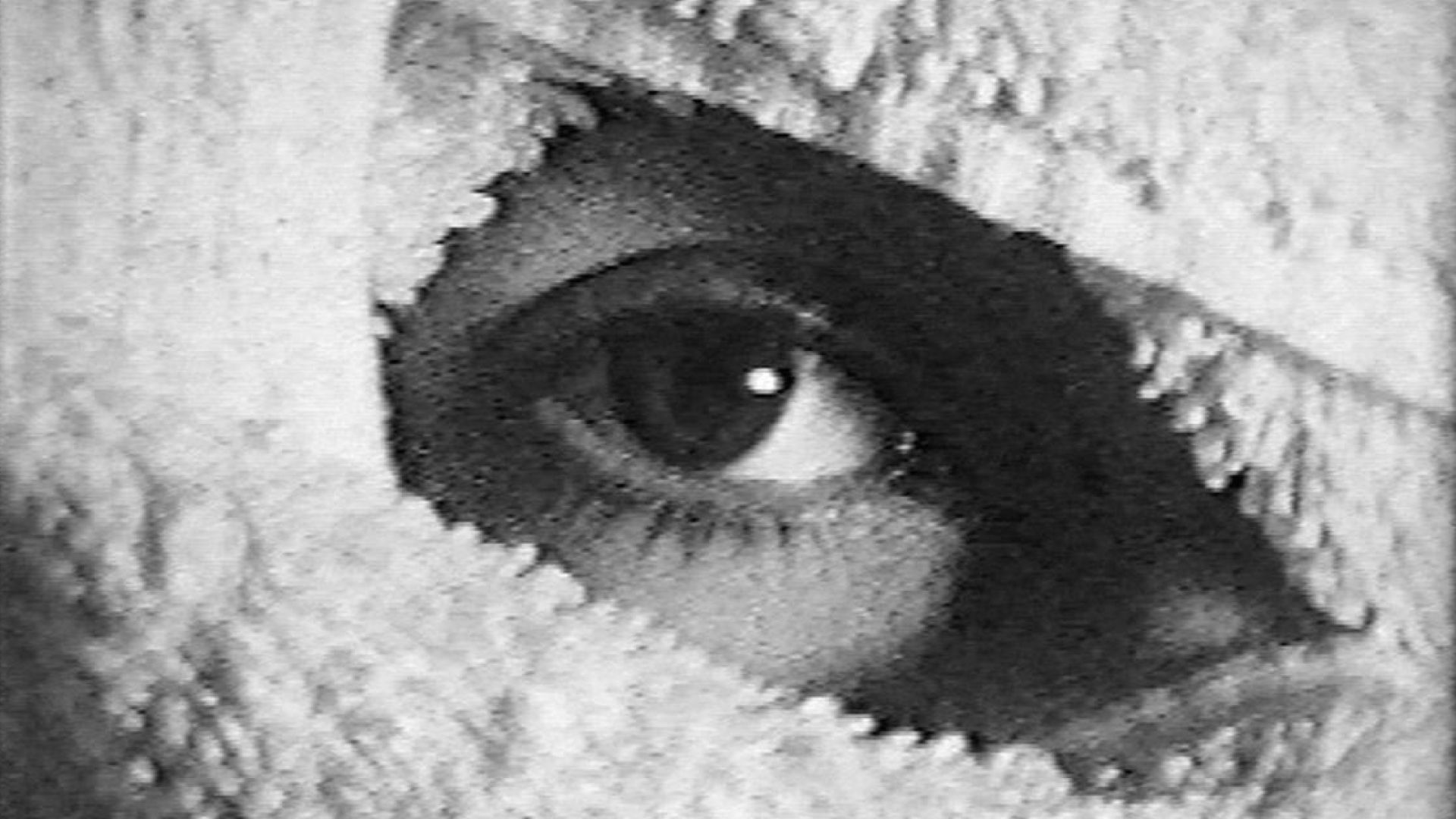
Pneurosis (in the bathroom)
Daniela Cugliandolo | 2001 | Argentina | Digitized Super 8 | 5 min
Fragmentation and repetition; everyday objects at the service of a woman’s obsessions, revealing more than just her hygiene habits.
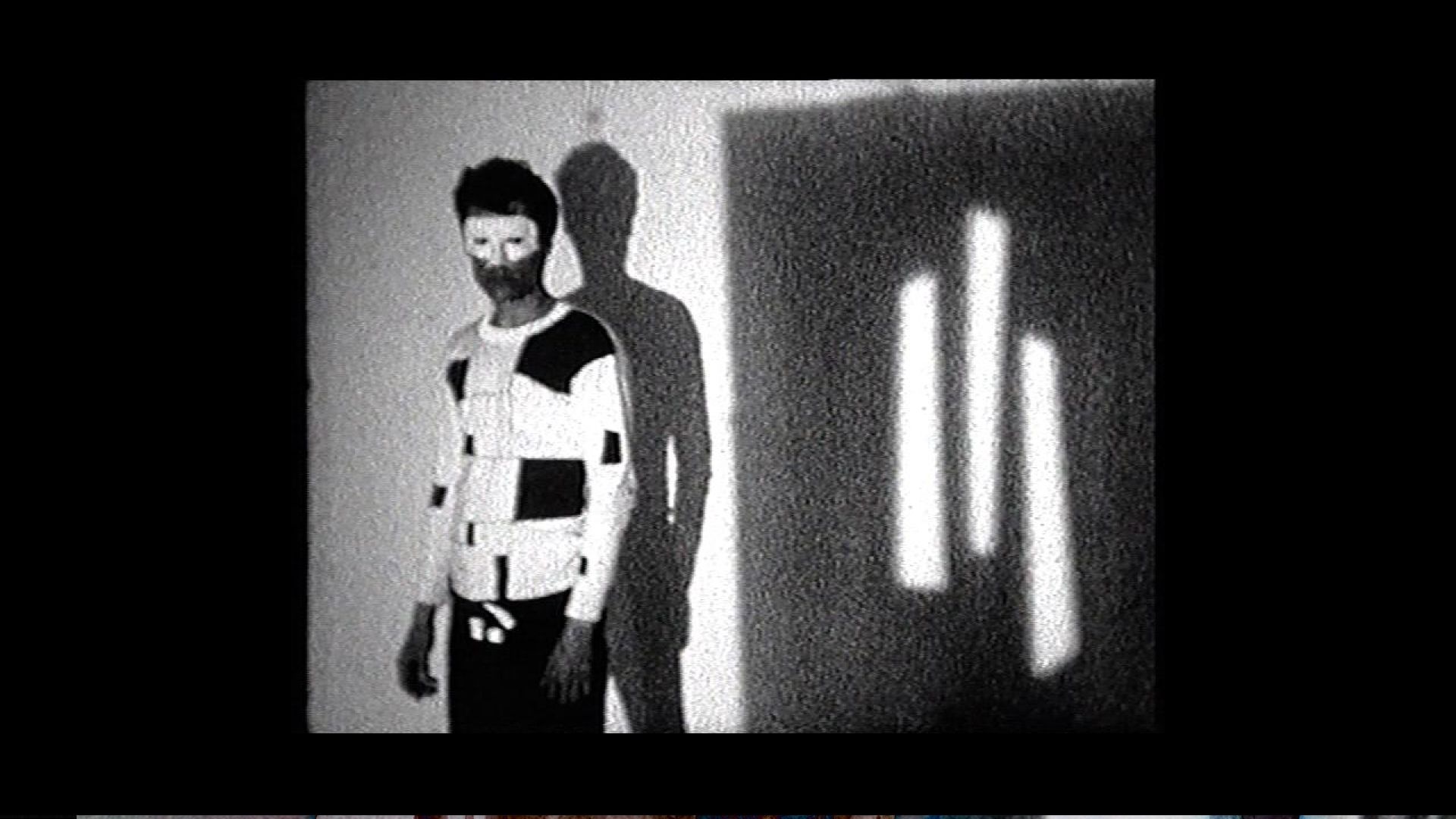
Spaghetti del rock (Rock Spaghetti) (Divididos (Divided), video clip)
Daniela Cugliandolo | 2000 | Argentina | Digitized Super 8 | 5 min
If it were possible to put love back together… In the midst of a big cubist puzzle, the suspended harlequin’s gaze pierces the masks.
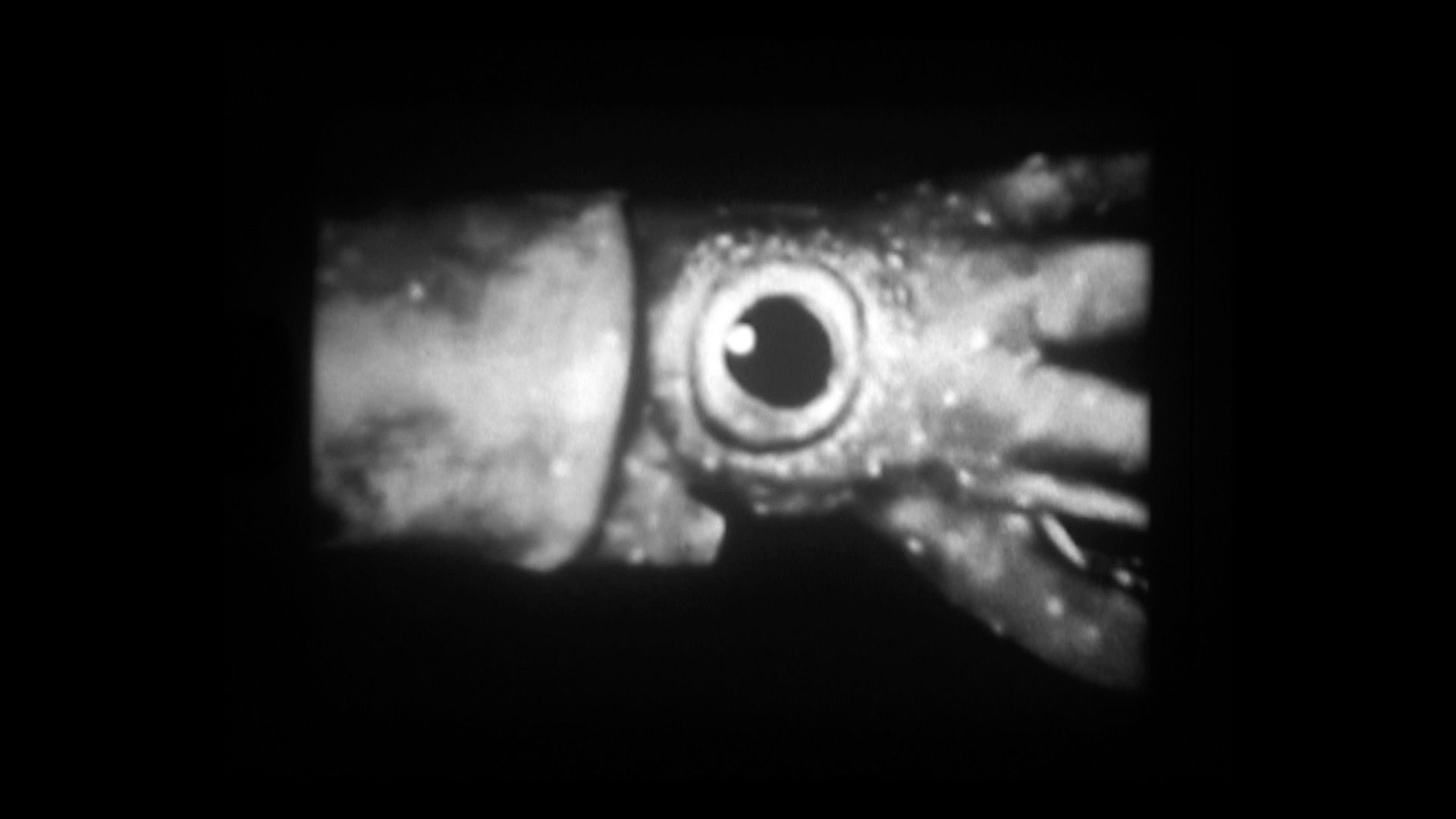
Cien hombres ni uno más (One Hundred Men and Not One More) (video clip by Nacho Umbert & la compañía)
Daniela Cugliandolo | 2010 | Spain, Argentina | Digitized Super 8 | 3 min
A tour along the northern coast of Catalonia; fishermen lurking on the high seas; beneath the aquatic dance of a squid.
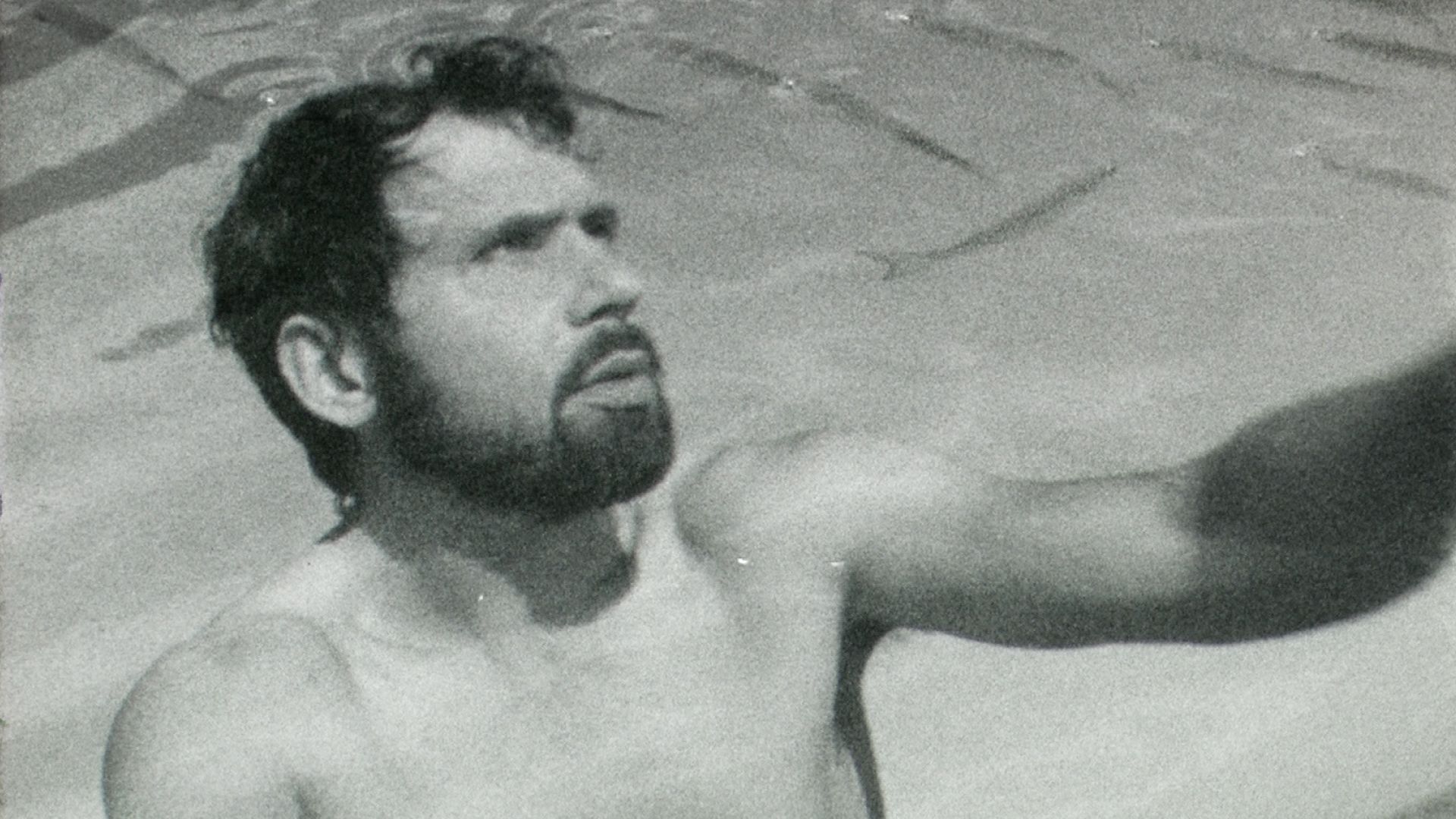
Odisea (Odyssey)
Daniela Cugliandolo | 2015‒16 | Argentina, Spain | Digitized Super 8 | 4 min
The multiple meanings of water, of going out to sea, of being on a voyage, of longing for the coast. This short is inspired by Homer’s Odyssey, an epic about adventure, nostalgia and survival, and in Ulysses himself, an icon caught up in the wavering of human existence.
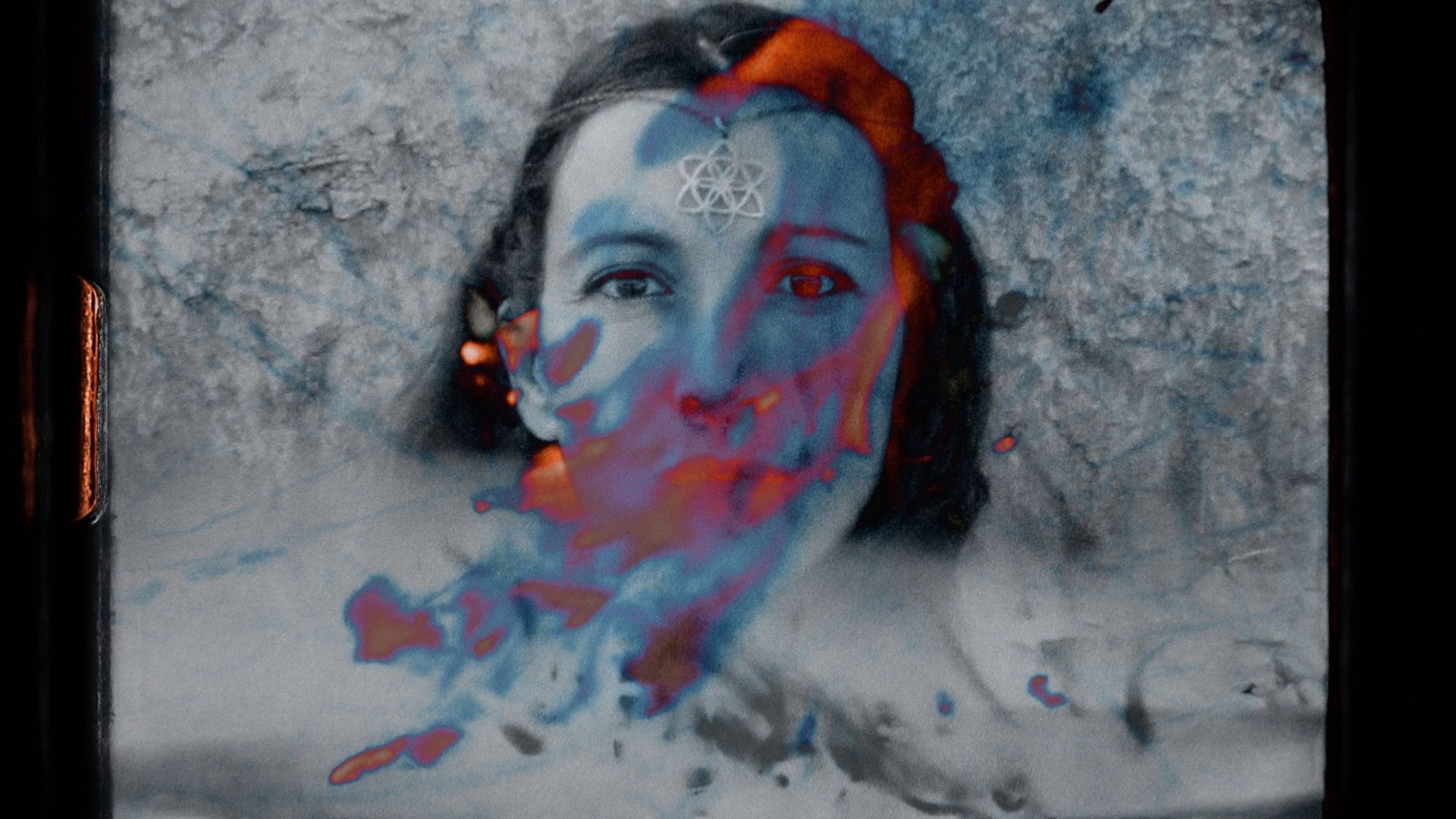
Flama (Flame)
Daniela Cugliandolo | 2016 | Argentina, Spain | Digitized Super 8 | 3 min
A powerful woman, conductor of fires. Sacred ancient rituals. Rock turns into sand, and wood into fire.
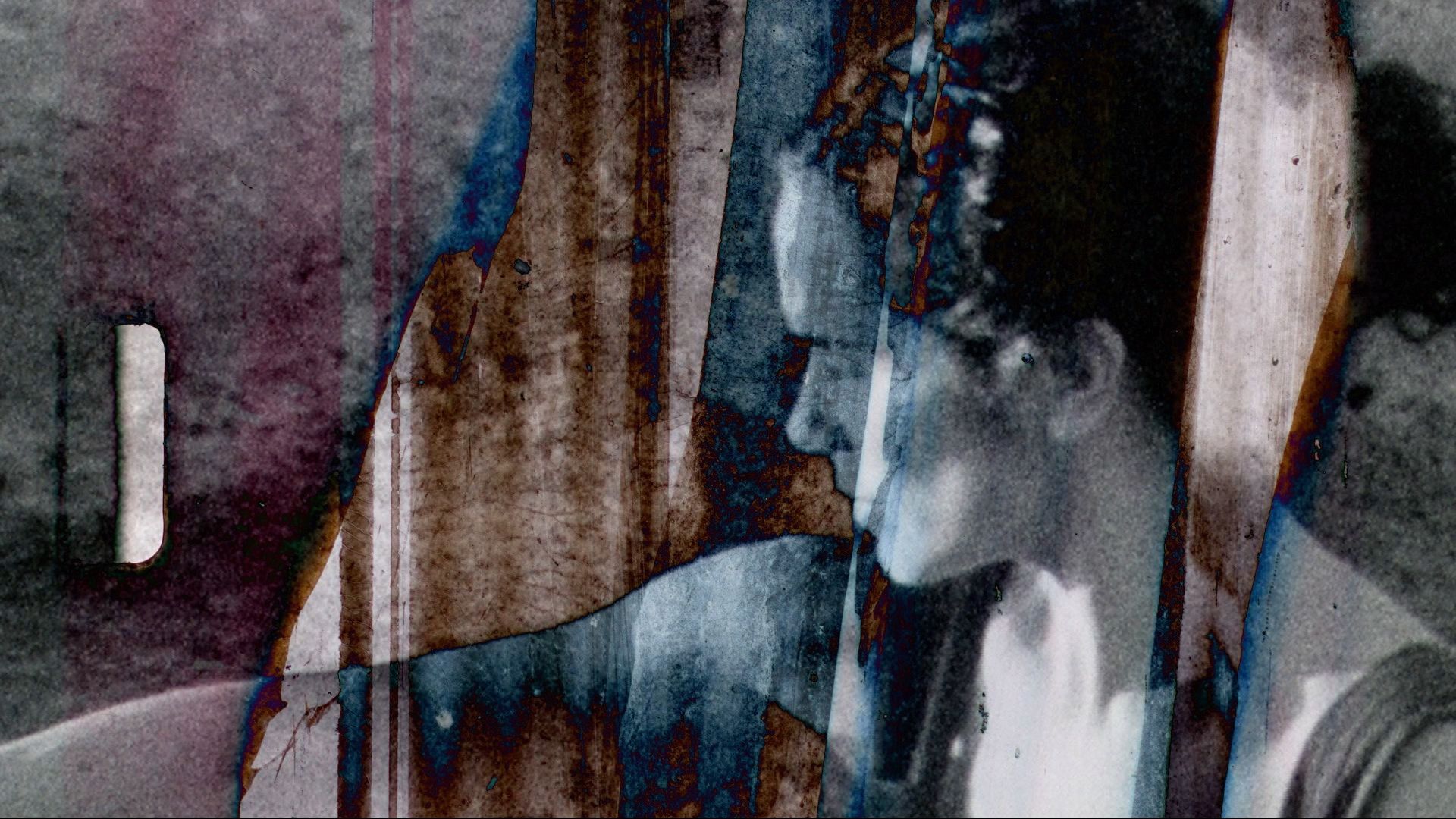
Gaias
Daniela Cugliandolo | 2021 | Argentina, Spain | Digitized Super 8 | 2 min
Polychrome scratches scattered over two goddesses on the shores of the Mediterranean Sea.
DANIELA CUGLIANDOLO
THE RULES OF THE GAME
The rules of the game are simple: a black and white Super 8 reel with about three minutes of filmable footage with which to put together a story edited in-camera. The limitations, imagination, and personal experience are the factors that shape Daniela Cugliandolo’s films, which come from a kind of imprecise past/future of cinema.
Daniela Cugliandolo was taking part in staging a theatrical production of The Maids by Jean Getnet when she came across the possibility of filming in Super 8. And once she began, she couldn’t stop, so she put aside the theatre, which had been her work over previous years, to dedicate herself fully to cinema. And it was precisely from The Maids that Las Mucamas Asesinas (The Killer Maids) arose, a crime series in a trilogy of cartridge films that define the line of her cinema. The Super 8 camera cannot record sound, which is why it is the narrative of silent cinema that prevails, which must narrate everything through the moving image. The emphasis is placed on the actresses’ and actors’ gestures and bodies, on simplicity and the powerful symbolism of the elements shown to the camera, as well as on some humour and punk spirit that differentiates the films from any kind of imitation or recreation of silent film from the origins of cinema. These early films are reminiscent of the films that began to emerge from the avant-garde movements of the early 20th century, the ones that saw the invention’s potential beyond imitating or combining with other arts. We could think of French Impressionism and Surrealism, but via a way of thinking that undoubtedly belongs to its own time, which was the break between millennia. That is how we came across Nosferatu 2000, a bisexual vampire who looks more like a Britpop singer than Murnau’s bald, long-toothed Nosferatu. This same queer ambiguity creeps into stories like that of Alicia, Lewis Carroll y el tiempo (Alice, Lewis Carroll and time), a mysterious picnic with a trans Alice, the Mad Hatter and the Rabbit, whereas a sublimation of the sexual, murderous drive is what seems to be expressed by a film like Cocinero (Chef).
Playing thus with recognizable characters from culture has a side more specifically dedicated to cinema, its genres and its recognizable tropes in films like Gina, In fellini and Pneurosis. Firstly, Gina is a reference to film noir, while In Fellini shows a clash between a couple on the decadent sets of the Cinecittà in Rome. And Pneurosis is an attempt to recreate the shower scene from Alfred Hitchcock’s Psychosis in a broken shower.
In Pneurosis, the idea of expressing a state of mind through cinema is present, while also returning to the strong connection with impressionism. The same thing happens with Odyssey, which shows us a man rowing a boat, lost (the beginning of the film suggests he is subject to the whims of a capricious god), and which belongs to a new phase in Cugliandolo’s cinema where in-camera editing is replaced by editing using digital tools. However, these methods do not alter the prior foundations, but rather they broaden them, introducing elements such as overlays and a soundtrack created in parallel.
The last two films we are presenting, Flama (Flame) and Gaias, are like mystic rituals that Cugliandolo enhances by superimposing coloured layers of painted and scratched celluloid onto the black and white image, thus also delving into the sphere of experimentation with hybridized material and digital formats. Minimal, DIY-inspired peplums.
The programme also includes two video clips by Cugliandolo, which attest to her personal universe being extended to collaboration with musicians on a sea voyage with Nacho Umbert & la compañía, and in a mise-en-scène somewhere between Bauhaus and Cubism in the case of her video clip for Divididos. Finally, it is worth mentioning Cugliandolo’s importance in the ecosystem of Super 8 experimental cinema in Argentina. As a kind of pivotal figure between the generation of artists like Caldini and Hirsch, and that of filmmakers like Pablo Marín, Pablo Mazzolo, and Paulo Pécora, Cugliandolo was there as an embodiment of what was possible with the format, of its life yet to be explored, and also as essential in transmitting a new, emerging scene. Hence the Super 8 cartridge is seen as a playing field with rules, albeit an infinite one.
Elena Duque
